See Part I for an overview and Part II for a look into the components of Blockchain.
Strengths of Blockchain
Let us now look at some of the superpowers of blockchain technology that make it so disruptive.
Security
What gives blockchain its super-strength is the Public Key Infrastructure (PKI). PKI is used to implement data encryption and authentication on the blockchain, making it completely secure. It also makes it pseudonymous.
So each user can have a public key (like your UPI id or your bank account number). It is known to everyone, and anyone can send an asset to her using it. Similarly, each user also has a private key (like your ATM or UPI PIN) which she can use to authorize a transaction from her end. The private key is secret, and no one except the user should know it.
This makes it simple to identify a user unequivocally on the blockchain network using her public key without revealing complete information about her. Hence the privacy of the user is preserved, and the authenticity of the transaction is confirmed.
All this without a third party acting as an intermediary!
Affordability
The transaction costs go down as the need for an intermediary is eliminated. Micro-transactions are possible, and the location of the sender and receiver do not matter anymore. The internet promised to be inclusive, but the fact remains that many people globally still do not have access to the internet. Blockchain goes a step further.
While Bitcoin (the first application of blockchain technology) was designed to work on the internet, it can operate without it if needed. A person can access the blockchain through a Simplified Payment Verification mode that works on cell phones. It allows a person with a simple mobile handset to be a part of the blockchain- without the need for an identity or even a bank account.
In fact, the Australian micropayment service mHITS (Mobile Handset Initiated Transactions) has launched a service allowing users to buy international mobile top-up using Bitcoin by just sending a text message.
Transparency
A copy of the ledger resides with each node of the network. So the data is there for anyone to see. Each transaction is time stamped and signed digitally using the private key of the sender. Hence, it is easy to track the movement of the asset along the blockchain.
Also, if a change in protocol is to be made, the majority of the nodes have to agree for it to be implemented.
There is no central authority to change the rules- no central bank or government to pass a law so that suddenly all the currency notes you hold in your wallet mean nothing more than coloured paper.
Immutability
Once a block gets added to the chain, there is no going back. It is ‘set in stone’. No one can come and fudge the books or meddle with the ledger. The chaining of the block, coupled with the cryptography and the consensus algorithm, makes it nearly impossible for a malicious attacker to attack or change the data.
Traceability
Each transaction is recorded immutably in the blockchain and signed cryptographically. So the audit trail makes it easier to trace the movement of any asset across the network.
Stay tuned for the next installment in which Udisha Alok will review the applications of Blockchain.
Visit QuantInsti for additional insight on this topic: https://blog.quantinsti.com/blockchain/
Disclosure: Interactive Brokers Third Party
Information posted on IBKR Campus that is provided by third-parties does NOT constitute a recommendation that you should contract for the services of that third party. Third-party participants who contribute to IBKR Campus are independent of Interactive Brokers and Interactive Brokers does not make any representations or warranties concerning the services offered, their past or future performance, or the accuracy of the information provided by the third party. Past performance is no guarantee of future results.
This material is from QuantInsti and is being posted with its permission. The views expressed in this material are solely those of the author and/or QuantInsti and Interactive Brokers is not endorsing or recommending any investment or trading discussed in the material. This material is not and should not be construed as an offer to buy or sell any security. It should not be construed as research or investment advice or a recommendation to buy, sell or hold any security or commodity. This material does not and is not intended to take into account the particular financial conditions, investment objectives or requirements of individual customers. Before acting on this material, you should consider whether it is suitable for your particular circumstances and, as necessary, seek professional advice.
Disclosure: Forex
There is a substantial risk of loss in foreign exchange trading. The settlement date of foreign exchange trades can vary due to time zone differences and bank holidays. When trading across foreign exchange markets, this may necessitate borrowing funds to settle foreign exchange trades. The interest rate on borrowed funds must be considered when computing the cost of trades across multiple markets.
Disclosure: Bitcoin Futures
TRADING IN BITCOIN FUTURES IS ESPECIALLY RISKY AND IS ONLY FOR CLIENTS WITH A HIGH RISK TOLERANCE AND THE FINANCIAL ABILITY TO SUSTAIN LOSSES. More information about the risk of trading Bitcoin products can be found on the IBKR website. If you're new to bitcoin, or futures in general, see Introduction to Bitcoin Futures.
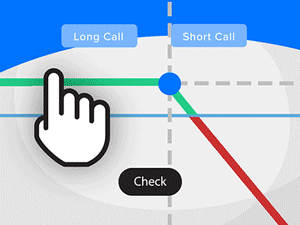


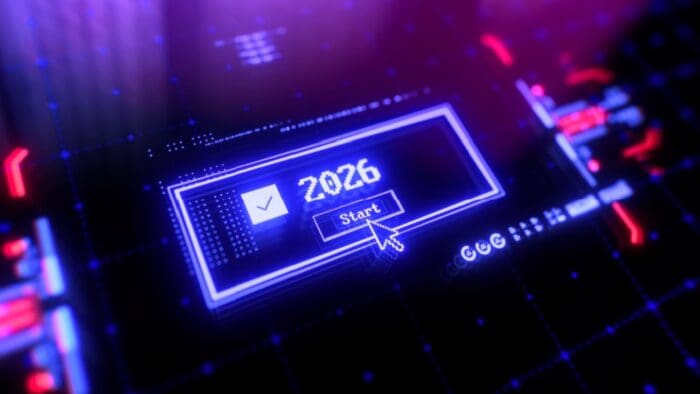



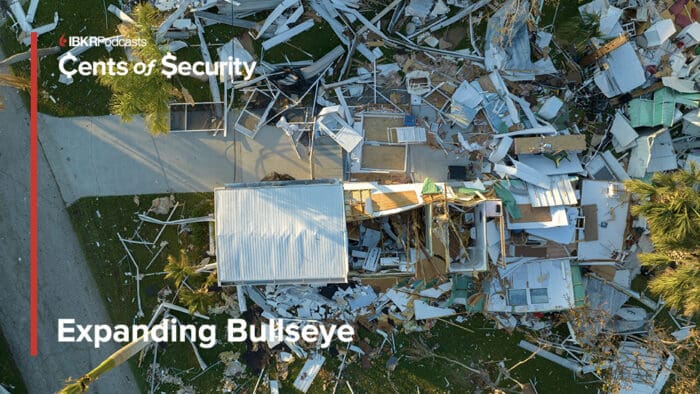
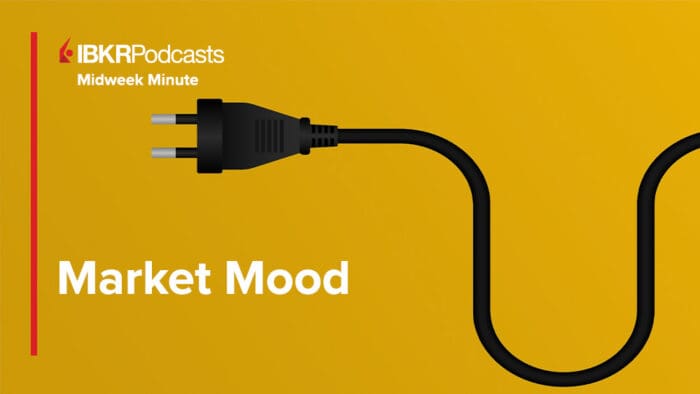

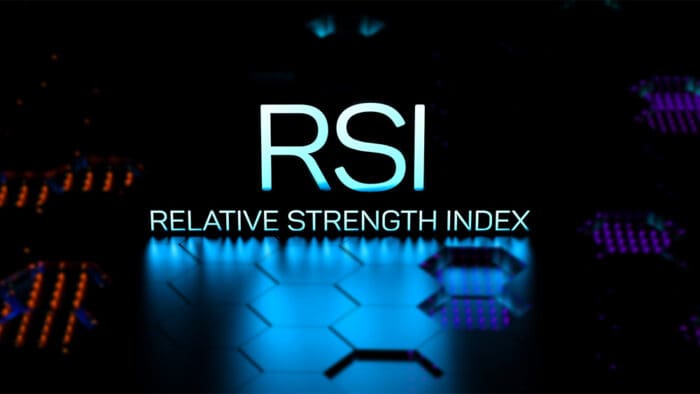


Join The Conversation
For specific platform feedback and suggestions, please submit it directly to our team using these instructions.
If you have an account-specific question or concern, please reach out to Client Services.
We encourage you to look through our FAQs before posting. Your question may already be covered!